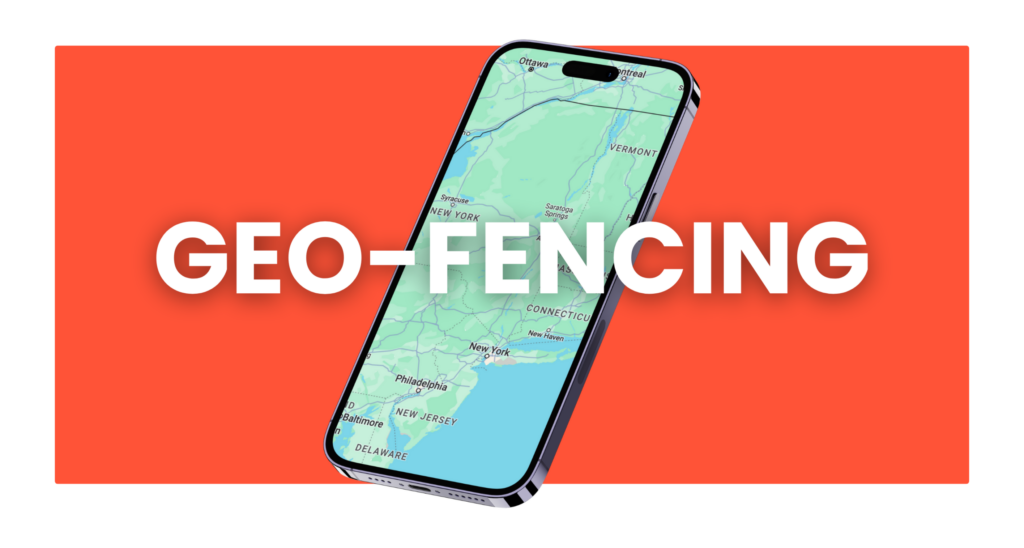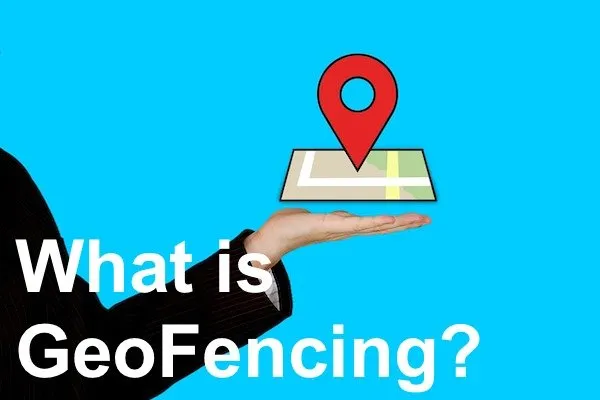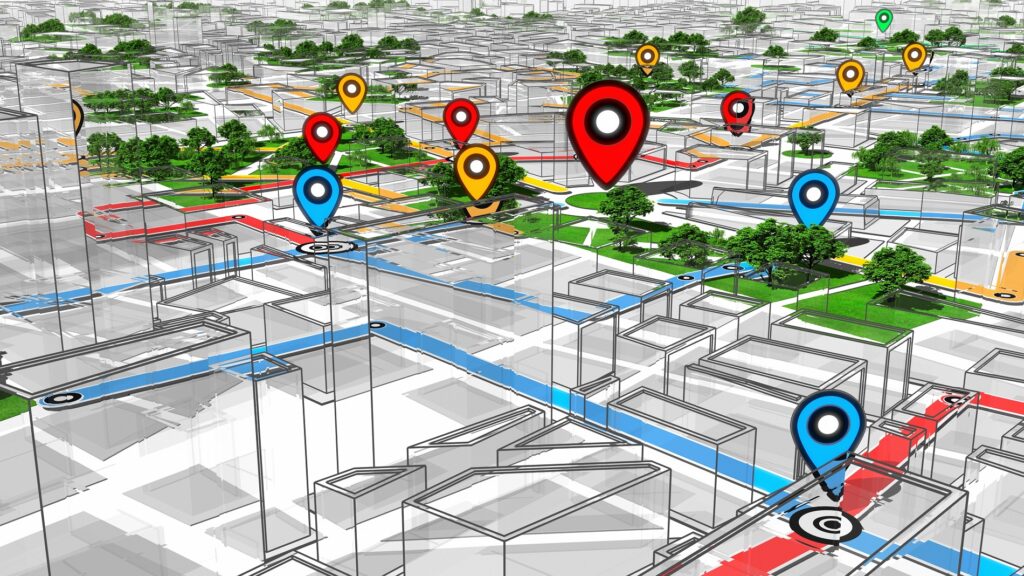Mastering the Power of Search Geofencing: Unlocking Growth Opportunities

Introduction to Search Geofencing
In today’s dynamic digital landscape, where competition is fierce and consumer attention is fleeting, businesses must find innovative ways to connect with their target audience. One such powerful tool that has emerged in the realm of location-based marketing is search geofencing. As an experienced marketer, I’ve witnessed firsthand the transformative impact of this technology on the way businesses engage with their customers.
Understanding the Concept of Geofencing
Geofencing is a location-based service that uses GPS, RFID, or other technology to define a virtual geographic boundary, known as a “fence.” When a mobile device enters or exits this predefined area, the system triggers a specific action, such as sending a targeted advertisement, a personalized notification, or initiating a location-based service. Search geofencing takes this concept a step further by integrating it with search engine optimization (SEO) and search engine marketing (SEM) strategies, allowing businesses to capitalize on the power of search intent and location-based targeting.

Benefits of Search Geofencing
The benefits of incorporating search geofencing into your marketing strategy are numerous. By leveraging the power of location-based targeting, you can deliver highly relevant and personalized content to your customers, leading to increased engagement, higher conversion rates, and stronger brand loyalty. Additionally, search geofencing enables you to:
- Reach Targeted Audiences: With search geofencing, you can precisely target consumers who are actively searching for products or services related to your business, increasing the likelihood of a successful conversion.
- Enhance Customer Experience: By providing hyper-personalized content and offers based on a customer’s location and search intent, you can create a seamless and memorable customer experience, setting your business apart from the competition.
- Optimize Marketing Spend: Search geofencing allows you to allocate your marketing budget more effectively by focusing on the most relevant and engaged customers, reducing wastage and improving your return on investment (ROI).
- Gain Valuable Insights: The data collected through search geofencing campaigns can provide valuable insights into consumer behavior, preferences, and location patterns, enabling you to make data-driven decisions and refine your marketing strategies.
How Search Geofencing Works
The process of implementing search geofencing involves several key steps:
- Defining the Geofence: The first step is to define the geographic area or “fence” within which you want to target your customers. This can be a specific location, such as a retail store, a competitor’s location, or a high-traffic area.
- Integrating with Search Platforms: Next, you’ll need to integrate your geofencing technology with search platforms, such as Google Ads or Bing Ads, to ensure that your targeted ads are displayed to users who are searching for relevant keywords within the defined geofence.
- Delivering Targeted Content: When a user within the geofence performs a search related to your products or services, your targeted ads or content will be displayed, providing a highly personalized and relevant experience.
- Tracking and Analyzing Performance: Finally, you’ll need to track the performance of your search geofencing campaigns, analyzing metrics such as impressions, clicks, conversions, and return on ad spend (ROAS) to continuously optimize and refine your strategy.

Implementing Search Geofencing in Your Marketing Strategy
Integrating search geofencing into your marketing strategy can be a game-changer for your business. Here are the key steps to consider:
- Identify Your Target Audience: Begin by thoroughly understanding your target audience, their search behavior, and the locations where they are most likely to engage with your business.
- Define Your Geofencing Boundaries: Determine the specific geographic areas or locations that are most relevant to your business and where you want to target your customers.
- Develop Targeted Content and Messaging: Create compelling, personalized content and messaging that will resonate with your target audience and align with their search intent.
- Integrate with Search Platforms: Seamlessly integrate your geofencing technology with leading search platforms, such as Google Ads and Bing Ads, to ensure your targeted ads are displayed to the right customers at the right time.
- Continuously Monitor and Optimize: Regularly track the performance of your search geofencing campaigns, analyze the data, and make adjustments to your targeting, content, and messaging to maximize the effectiveness of your efforts.
Best Practices for Successful Search Geofencing Campaigns
To ensure the success of your search geofencing campaigns, consider the following best practices:
- Precise Targeting: Carefully define your geofencing boundaries and target specific locations that are most relevant to your business, such as your own locations, competitors’ locations, or high-traffic areas.
- Relevant Content: Develop content and messaging that is tailored to the specific needs and search intent of your target audience within the geofenced area.
- Timely Delivery: Ensure that your targeted ads or content are delivered to customers at the right time, when they are actively searching for your products or services.
- Seamless Integration: Integrate your geofencing technology seamlessly with your search engine marketing platforms to create a cohesive and efficient campaign.
- Continuous Optimization: Regularly analyze the performance of your search geofencing campaigns and make data-driven adjustments to improve the effectiveness of your efforts.

Case Studies on Successful Search Geofencing Campaigns
To illustrate the power of search geofencing, let’s explore a few real-world case studies:
- Retail Clothing Brand: A leading retail clothing brand used search geofencing to target consumers within a 1-mile radius of their brick-and-mortar stores. By delivering personalized product recommendations and exclusive offers to these customers, they saw a 25% increase in in-store sales and a 20% uplift in online conversions.
- Automotive Dealership: A local automotive dealership implemented search geofencing around their showroom and competitor locations. By serving targeted ads to consumers searching for “new cars” or “car dealerships” within the defined geofence, they experienced a 35% increase in website traffic and a 22% improvement in lead generation.
- Restaurant Chain: A national restaurant chain utilized search geofencing to target customers within a 3-mile radius of their locations during peak dining hours. By delivering location-based promotions and menu highlights, they saw a 30% increase in foot traffic and a 15% boost in same-store sales.
These case studies demonstrate the remarkable impact that search geofencing can have on driving business growth, enhancing customer engagement, and improving marketing ROI.

Future Trends in Search Geofencing
As technology continues to evolve, the landscape of search geofencing is expected to undergo significant advancements. Some emerging trends include:
- Increased Precision: Advancements in location tracking technologies, such as 5G and beacon-based systems, will enable even more precise and granular geofencing capabilities.
- Predictive Analytics: Leveraging machine learning and artificial intelligence, search geofencing platforms will be able to predict consumer behavior and intent, allowing for more personalized and proactive targeting.
- Integrated Omnichannel Experiences: Search geofencing will be increasingly integrated with other marketing channels, such as mobile apps, social media, and e-commerce, creating a seamless and consistent customer experience.
- Expanded Data Insights: The data generated through search geofencing campaigns will provide deeper insights into consumer behavior, enabling businesses to make more informed decisions and refine their strategies.
Conclusion and Key Takeaways
In the ever-evolving digital landscape, search geofencing has emerged as a powerful tool for businesses to engage with their target audience in a more personalized and effective manner. By leveraging the power of location-based targeting and search intent, businesses can unlock new growth opportunities, enhance customer experiences, and improve marketing ROI.
Search Geofencing from Getgeofencing is your best bet. Getgeofencing has 20 years of quality Search Geofencing experience.
As you embark on your search geofencing journey, remember to focus on precise targeting, relevant content, timely delivery, seamless integration, and continuous optimization. By mastering the art of search geofencing, you can position your business for long-term success and stay ahead of the competition.
